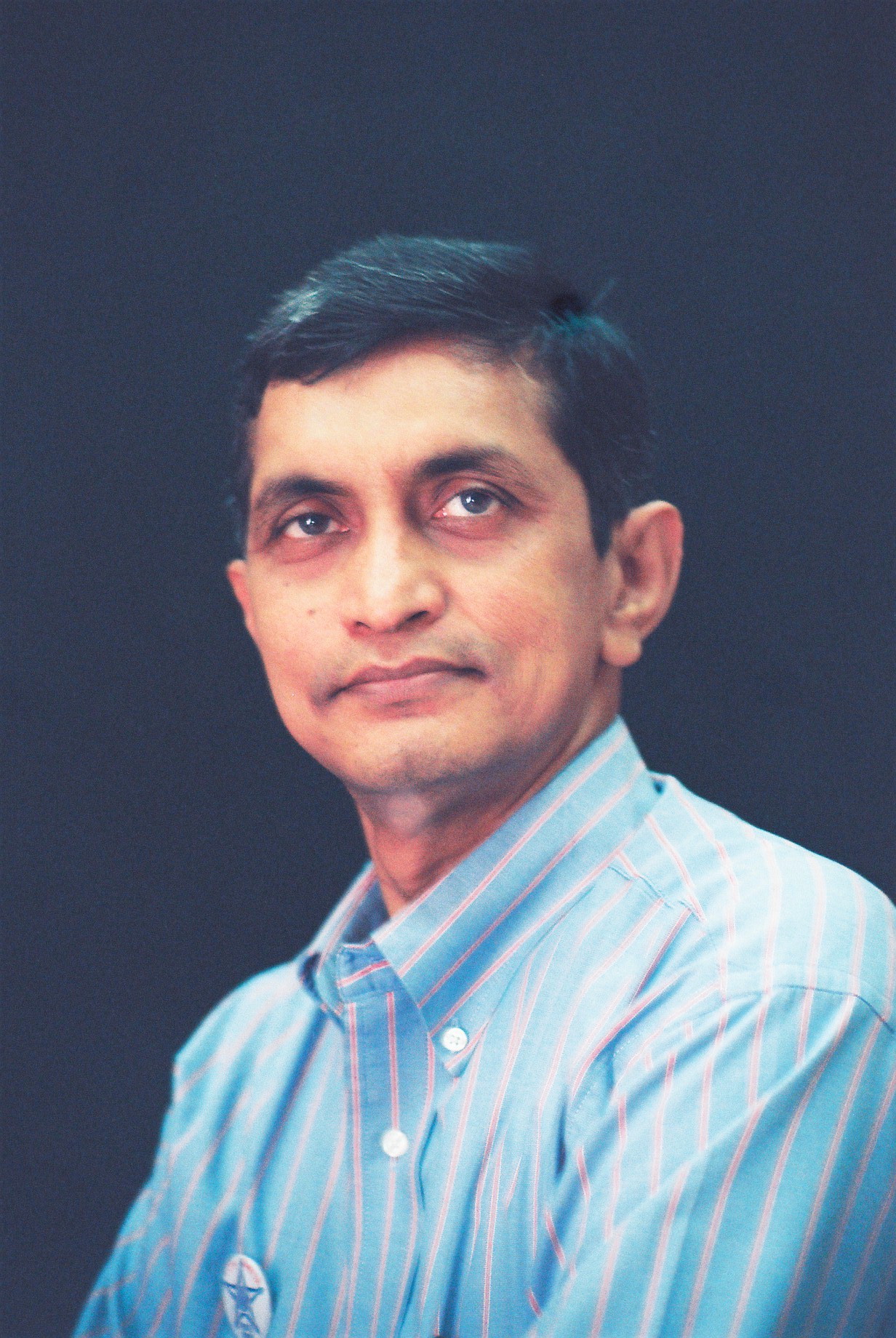|

National
Coordinator of
VOTEINDIA movement
|
Of
Gullivers Travels and Political Travails
24-Apr-2004
Below-par
performance of the reputed Pakistani pace bowling attack during
the recently concluded three test series, was rather unexpected
and surprising. Neither unexpected nor surprising, in many
ways, were the massive irregularities in the Election Commissions
voters' lists for the ongoing elections. Our Prime Minister's
recent public statement about his disinclination towards (once
again) leading a 23-party coalition government was unexpected
but not surprising. Unexpected, mainly because of its timing
no one had expected to hear it just three days before the
start of elections.
But
his statement is not at all surprising. Forming complicated
pre-poll alliances and running a coalition government with
nearly two dozen regional and minor parties is definitely
a very demanding process. It could be a highly distracting
one too. The PM is routinely forced to divert more resources
to personal politics and away from actual governance issues.
|
|
Coalition
governments during the past six-eight years have become fairly
stable and growth-oriented. Recent coalitions are also more
honest representations of Indian political diversity than
the single-party governments of the earlier decades. For example,
individual states now have a fairer share of voice at the
Centre; genuine federalism has taken root in India.
The
downside of this phenomenon is that the pan-Indian, national
parties are forced to limit their national electoral presence
because of alliances with local parties. It arises primarily
because India has adopted a purely First-Past-The-Post (FPTP)
system as its electoral formula. Under this system, party
candidates need a very high threshold of voter support (around
35-40 per cent, typically) to have any assured chance of victory.
Significant but distributed support (let us say 20-25 per
cent) even across large regions of India does not yield parties
any electoral victories. This is the reason why national parties
like the BJP and the Congress, even while having significant
public support in many states, are forced to enter into alliances
with much smaller political groups.
Formation
of such alliances gives these small and state, region or group-based
parties an influence that is sometimes disproportionately
larger than their actual legislative strength or political
authority. Individual politicians even with extremely localized
support or parties with a very narrow or sectarian political
agenda could find themselves exercising control over areas
of national importance. In 1996, Deve Gowda's coalition government
was compelled to make Taslimuddin, who was until then known
only as a local mafia don in Bihar, the Union minister of
state for home affairs! The FPTP system provides little incentive
for such locally-entrenched politicians and parties to broaden
their scope or widen their appeal.
The
region and state-based political parties who were a part of
the recent national coalition governments do deserve credit
for functioning with a great degree of restraint and with
a broader national outlook. At the same time, their (relatively)
narrow political base makes them succumb to episodic eruptions
of chauvinistic local pressures.
For instance, the inter-state river water sharing disputes
or the violence in Maharashtra and Assam against recruiting
outsiders for government jobs have only illustrated the fragmentation
caused by the growth of small and regional parties.
Even
under these circumstances, a major national party like the
BJP or the Congress is forced to remain subservient to smaller,
even minor parties in several states of India. It is a bit
like the mighty Gulliver being tied down b the tiny Lilliputians!
This pattern became clear during the 1999 general elections.
In key states like UP, Bihar, West Bengal, Maharashtra and
Tamil Nadu which accounted for 268 seats (nearly half) in
the Lok Sabha, both BJP and Congress were reduced to playing
a junior role to their local political partners. In fact,
among states with over twenty LS seats, only three states
(MP, Rajasthan and Gujarat) witnessed a direct Congress-versus-BJP
fight. The FPTP system compels the centrist, national parties
to forge (even if clearly temporary and opportunistic) electoral
alliances with much smaller groupings. This has led to a clear
and irreversible regionalization of our politics. As a result,
in India, we no longer have a national verdict even during
Parliamentary elections. We simply have an aggregation of
state or regional verdicts. In an already fragmented society
such as ours, this surely does not mean well for the long-term
integrated growth especially for our economy.
But, there is a way out: Rectifying our purely-FPTP system
by making the legislative strength of parties contingent upon
the proportionality of their electoral support. In addition,
parties would have to obtain a minimum threshold of vote share
(10-15 per cent, possibly) across a given state, to obtain
seats in the legislatures.
This would check the proliferation of many, small political
parties based on caste or sectarian lines.
At the same time, this modified electoral system enables large
national as well as regional parties to compete or cooperate
on a level playing field - without having to give up their
individual and rightful political spaces. In that case, our
Indian political Gullivers need not remain tied down any more.
***
|



